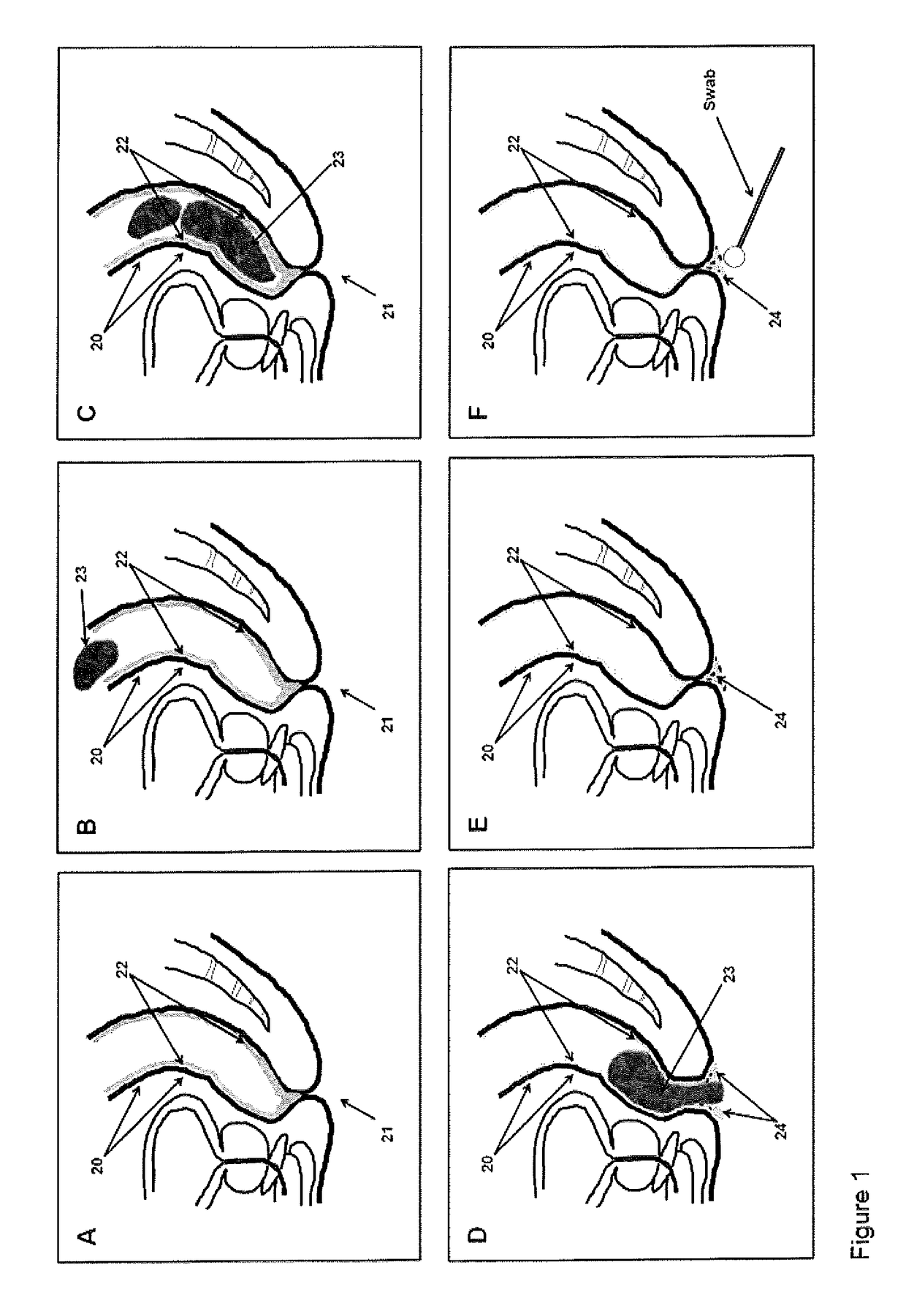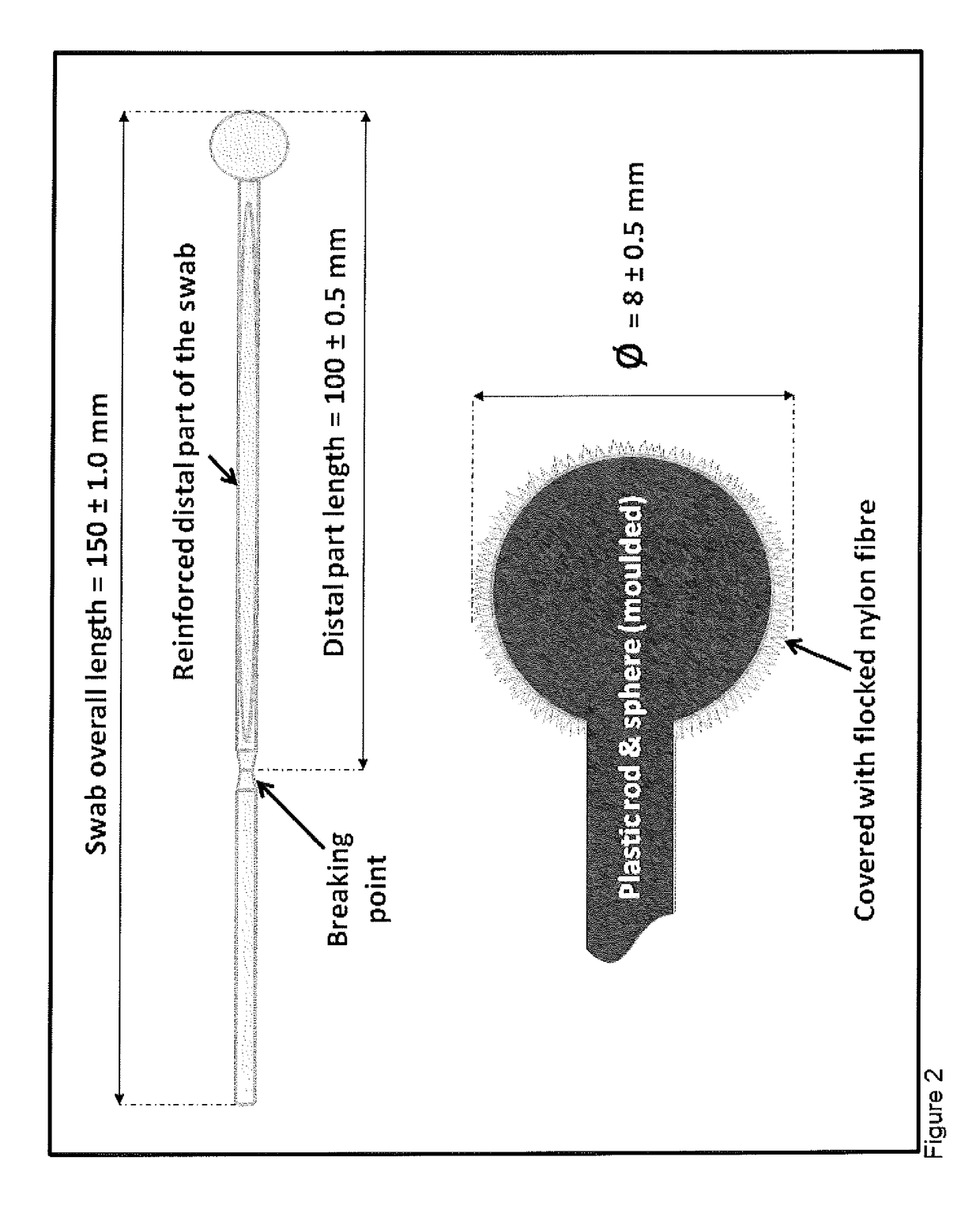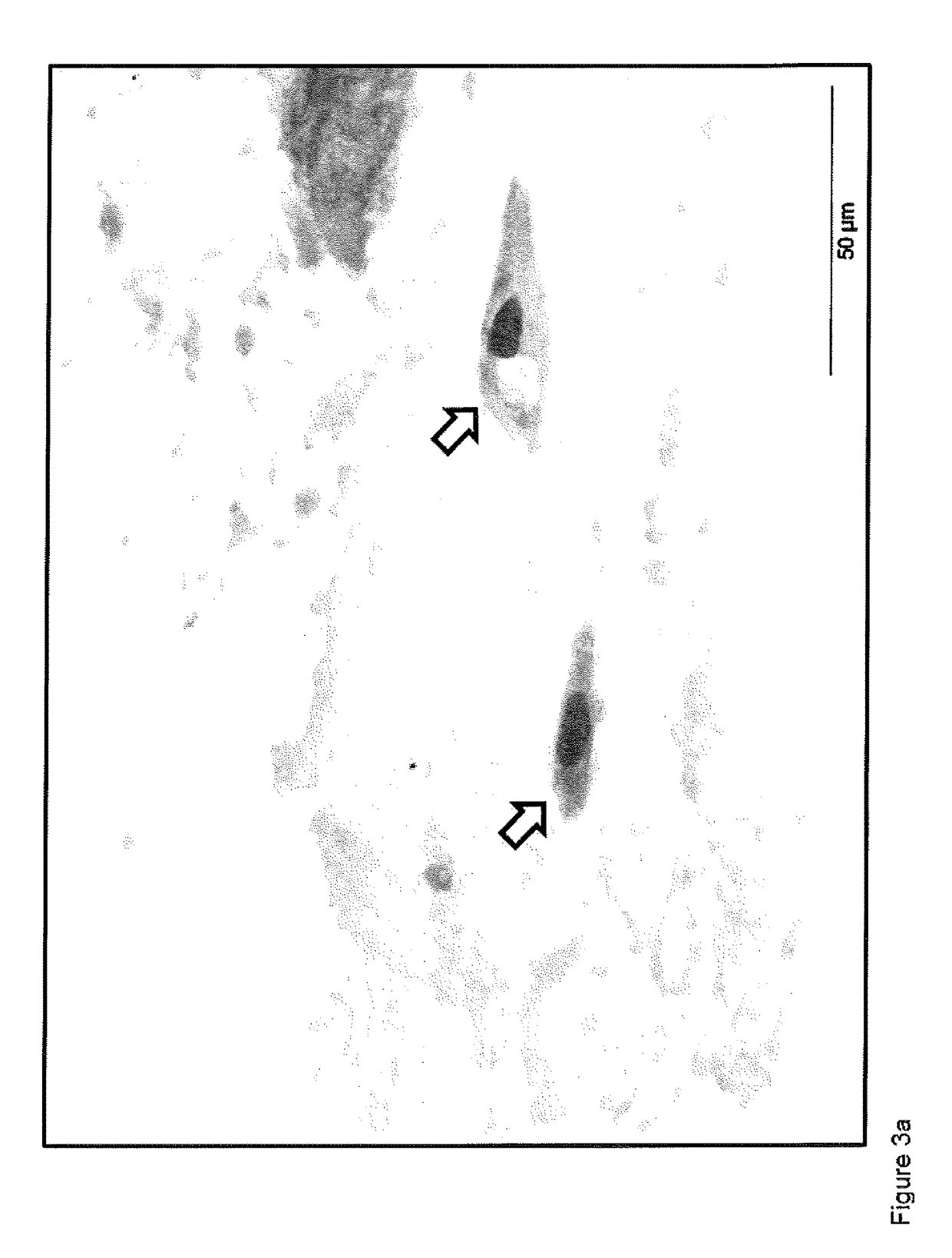Method for diagnosing inflammatory bowel disease
a technology for inflammatory bowel disease and bowel disease, which is applied in the direction of material testing goods, measurement devices, instruments, etc., can solve the problems of colonoscopy in ibd patients, long remission, and high cos
- Summary
- Abstract
- Description
- Claims
- Application Information
AI Technical Summary
Benefits of technology
Problems solved by technology
Method used
Image
Examples
Embodiment Construction
[0180]The present invention will now be further described. In the following passages, different aspects of the invention are defined in more detail. Each aspect so defined may be combined with any other aspect or aspects unless clearly indicated to the contrary. In particular, any feature indicated as being preferred or advantageous may be combined with any other feature or features being indicated as being preferred or advantageous.
[0181]As previously discussed there exists a need to develop new methods for the diagnosis of inflammatory bowel diseases. In particular, there exists a particular need to develop a non-invasive method for the detection of these diseases.
[0182]The inventors have surprisingly identified that a considerable portion of the colonic mucocellular layer is evacuated together with stool, and more importantly fragments of the mucocellular layer remain on the surface of the external anal / perianal area following defaectaion. Usually these fragments would be removed...
PUM
| Property | Measurement | Unit |
|---|---|---|
| concentration | aaaaa | aaaaa |
| concentration | aaaaa | aaaaa |
| concentration | aaaaa | aaaaa |
Abstract
Description
Claims
Application Information
 Login to View More
Login to View More - R&D
- Intellectual Property
- Life Sciences
- Materials
- Tech Scout
- Unparalleled Data Quality
- Higher Quality Content
- 60% Fewer Hallucinations
Browse by: Latest US Patents, China's latest patents, Technical Efficacy Thesaurus, Application Domain, Technology Topic, Popular Technical Reports.
© 2025 PatSnap. All rights reserved.Legal|Privacy policy|Modern Slavery Act Transparency Statement|Sitemap|About US| Contact US: help@patsnap.com



